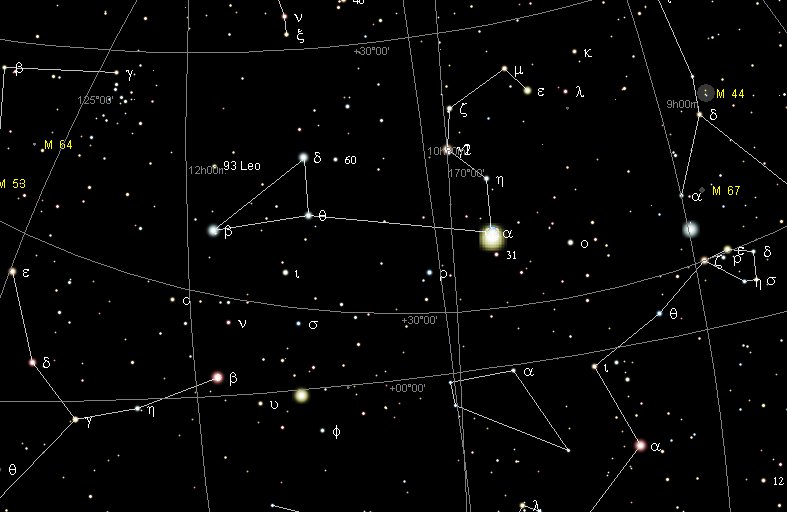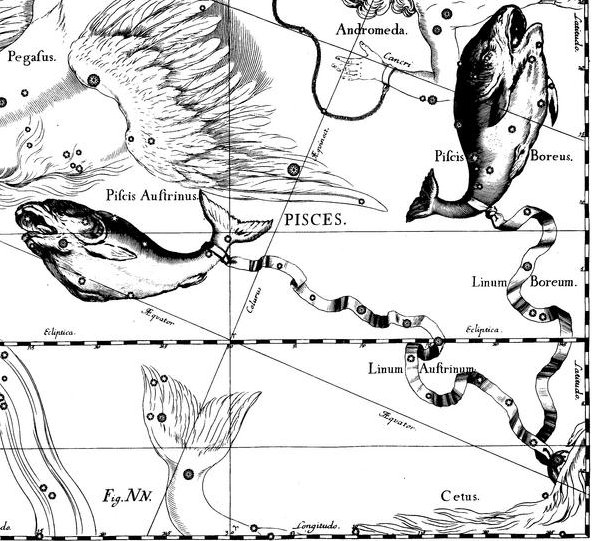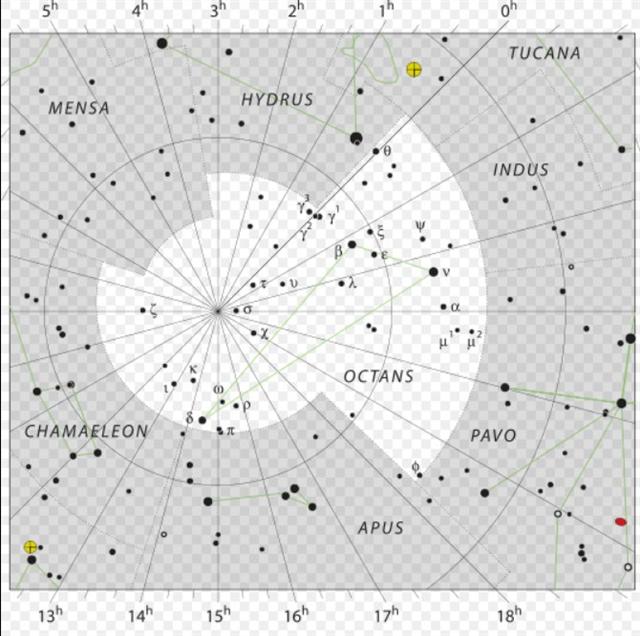172. We could use Cartes du Ciel in order to find out in which constellation Mars is destined to be in August 23 every odd numbered year beginning with AD 2023. But should we not rather look at the place for April 25 every odd year? ... On the twenty-fifth day of the first month (Vaitu Nui), Ira and Makoi set sail; on the first day of June ('Maro'), the bow of Ira's canoe appeared on the distant horizon, came closer and closer on its course, and sailed along, and finally (one) could see the (new home) land ... [E:17] We have already found the place for Mars in April 25 both in AD 2023 and AD 2025, and the observers on Easter Island presumably looked at the nakshatra Full Moon for guidance rather than at the place of the Sun.
... The two moments in the year when Easter Island traditions say that the Moai of Ahu Akivi come alive and are 'particularly meaningful' are the June solstice and the September equinox - respectively midwinter and the beginning of spring in these southern latitudes ... ... In the program was discussed if Irish people could have visited North America around 500 AD. Otherwise it would be hard to account for the little sun observatory constructed by stone slabs and found in Connecticut. The architecture was identical with what could be expected from Irish visitors around that time. No other known culture had something similar. In a way the observatory in Connecticut resembled - I thought - the very old Mnajdra solar observatory. Here the rays from the Sun were used to display a pair of crucial times in the year:  But in fundamental contrast to the Mnajdra temple the Connecticut structure was catching the rays from the sun at winter solstice and the sun at spring equinox (instead of summer solstice) ... In August 23 AD 2023 the planet Mars had been at the same right ascension day as the 3 stars 93 Leionis, Denebola (β Leonis), and Alaraph (β Virginis). Indeed Mars was practically in the same spot as Alaraph:
And August 23 (258, *178) + 366 / 2 = 441, *361 = March 17 (= 21 - 4).
In the night sky of August 23 should be visible the place for the Sun half a year away, viz, in March 17. However, in the night sky of August 23 AD 2023 was not the Pleiades (*56) and Aldebaran (*68) but γ¹ Octantis - 4 days before 0h. The precession had made the cardinal points of the Sun come earlier in the year.
For AD 2025 we could expect the planet Mars to come around 52 right ascension days later in the year. *178 + *52 = *230 (= 310 - 80). Day 310 is November 6, which in the retrograde diagram above is a turning point in the retrograde path of the planet Mars. ... What can possibly be the meaning of my expression 'as if by chance'? I decided to look again for such dates where Mars was at the same place as some prominent star. In Cartes du Ciel the path of Mars can be followed day by day, night by night, and my first recorded view was that from November 6 AD 2022. And I know that in June 6 (day 157 ↔ 314 / 2) will come the National Holy-Day of Sweden. As I at first remembered it, this was the day when our glorious warrior king Gustav II (↔ Gemini) Adolf was shot down from his giant horse in the year AD 1632. He had to be carried by a giant horse because he had become so very heavy from eating too much. What made me memorize this event from the history lessons when nearly nothing else would remain? Then I recalled that the he did not die in June 6 but half a year away (9 - 3 = 12 / 2 months) in November 6 (310) and this was the only day when you would be able to buy and enjoy eating the bakery item named Gustav Adolf - after the king in question. Although I was half right, because at June 6 my wall calendar states that a pair of names to be celebrated should be Gustaf (→ Gustav II Adolf) together with his father Gösta → the first king of unified Sweden ...
|
||||||||||||||||||||||||||||||||||||||||||||||||||||||||||||||||||||||||||||
.jpg)



.jpg)






